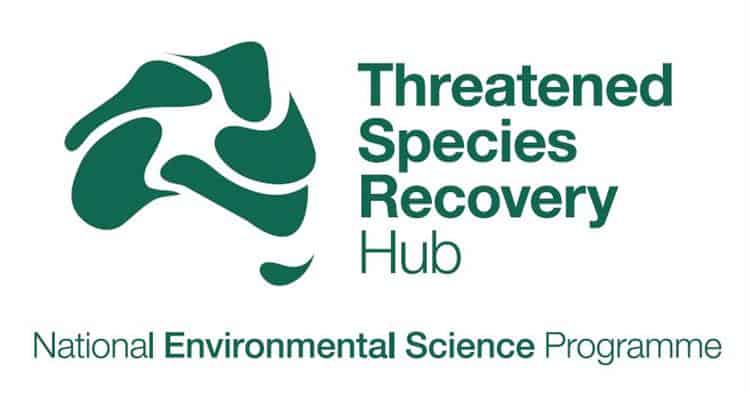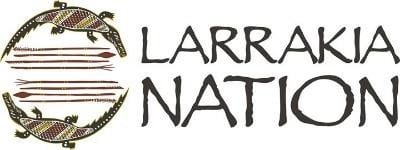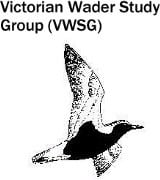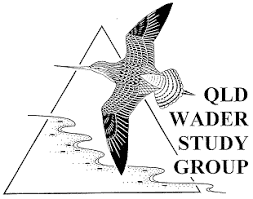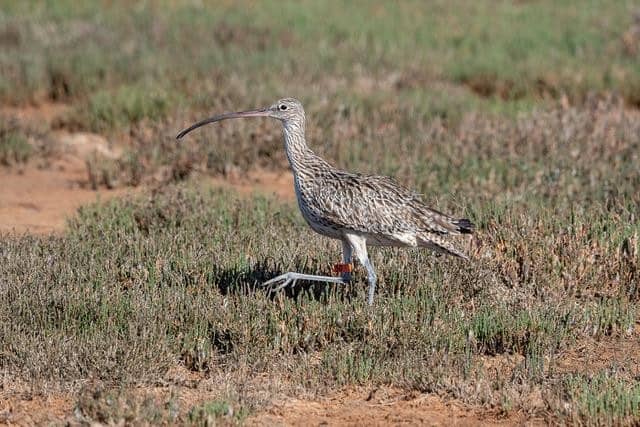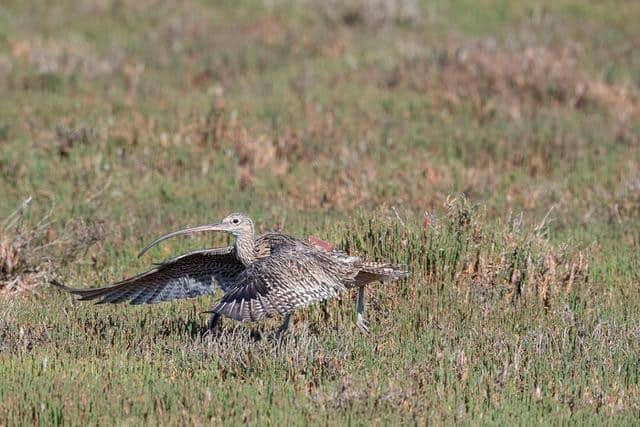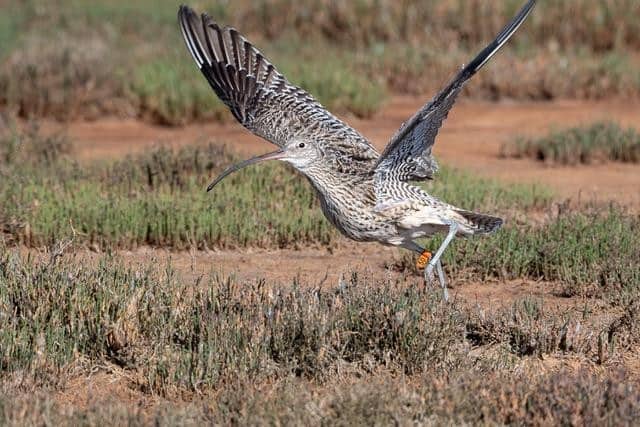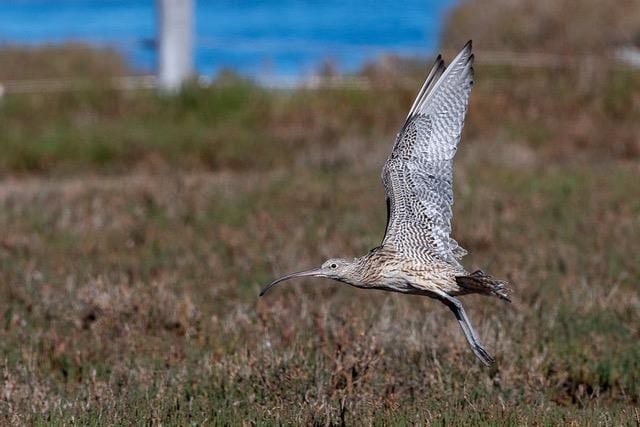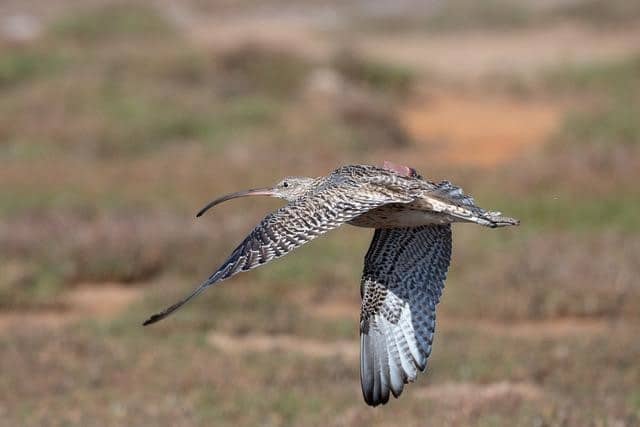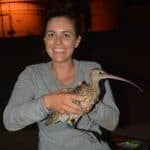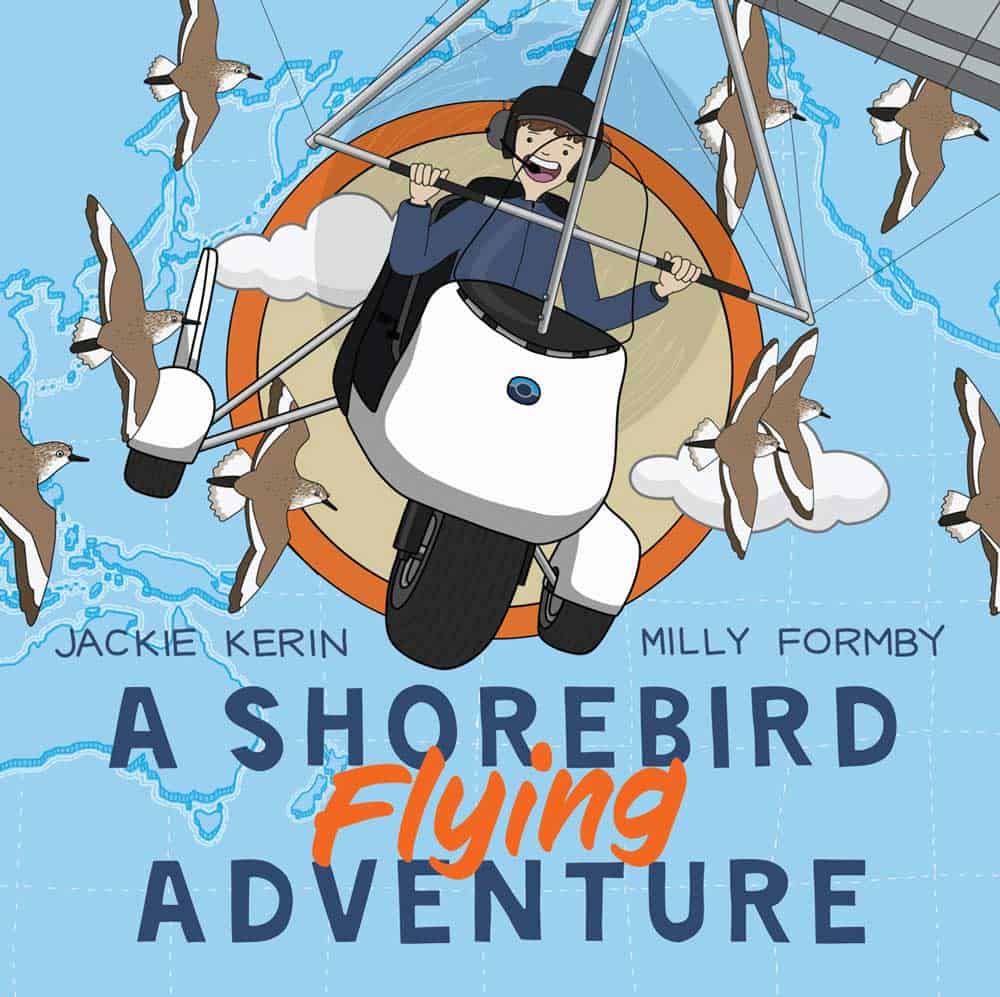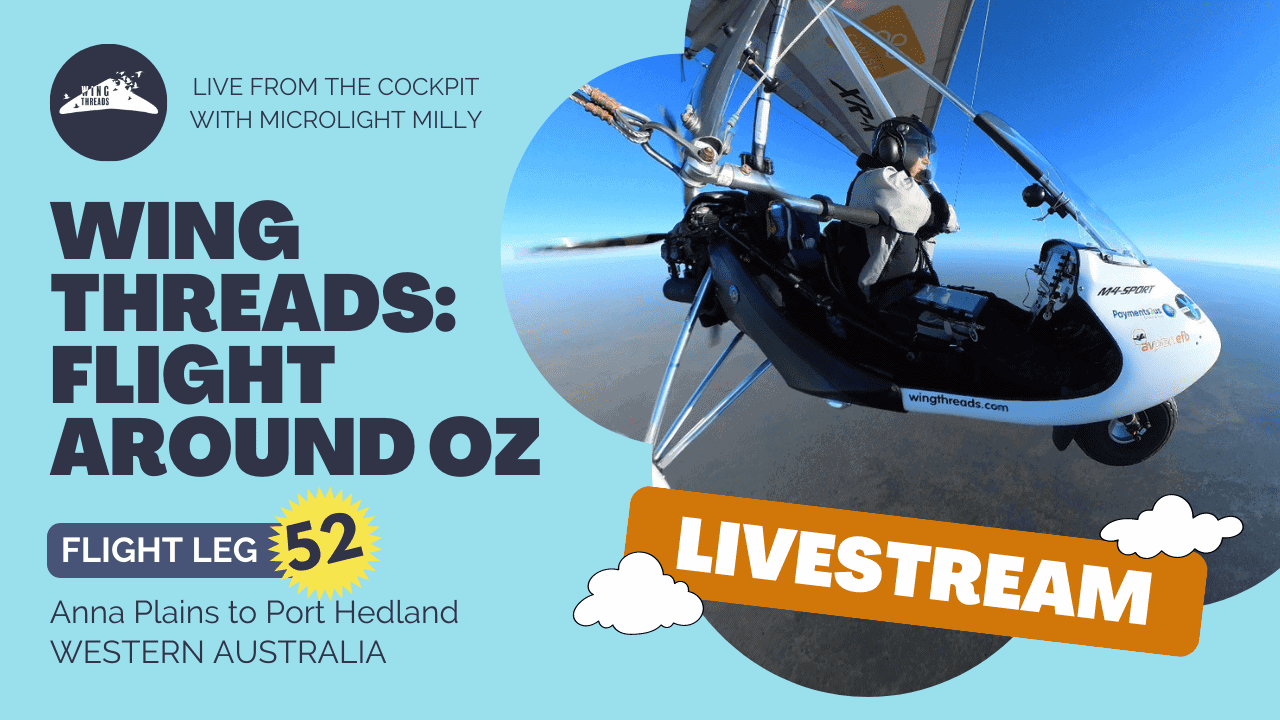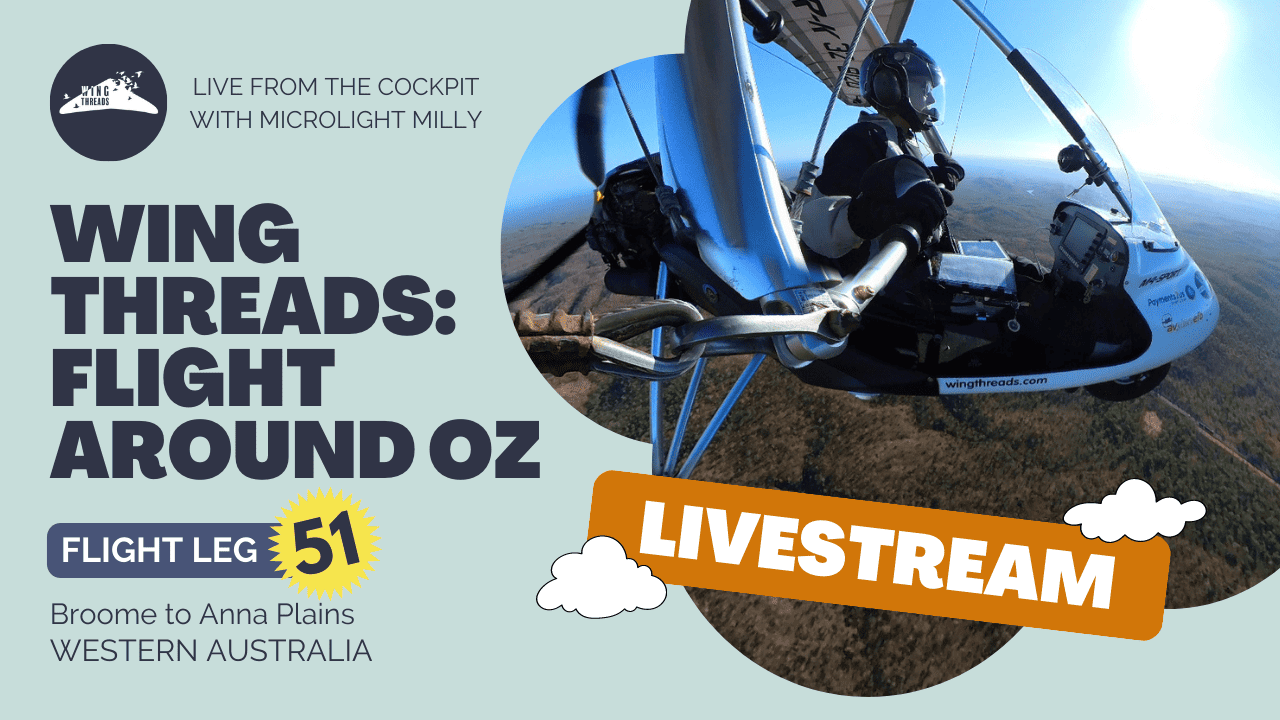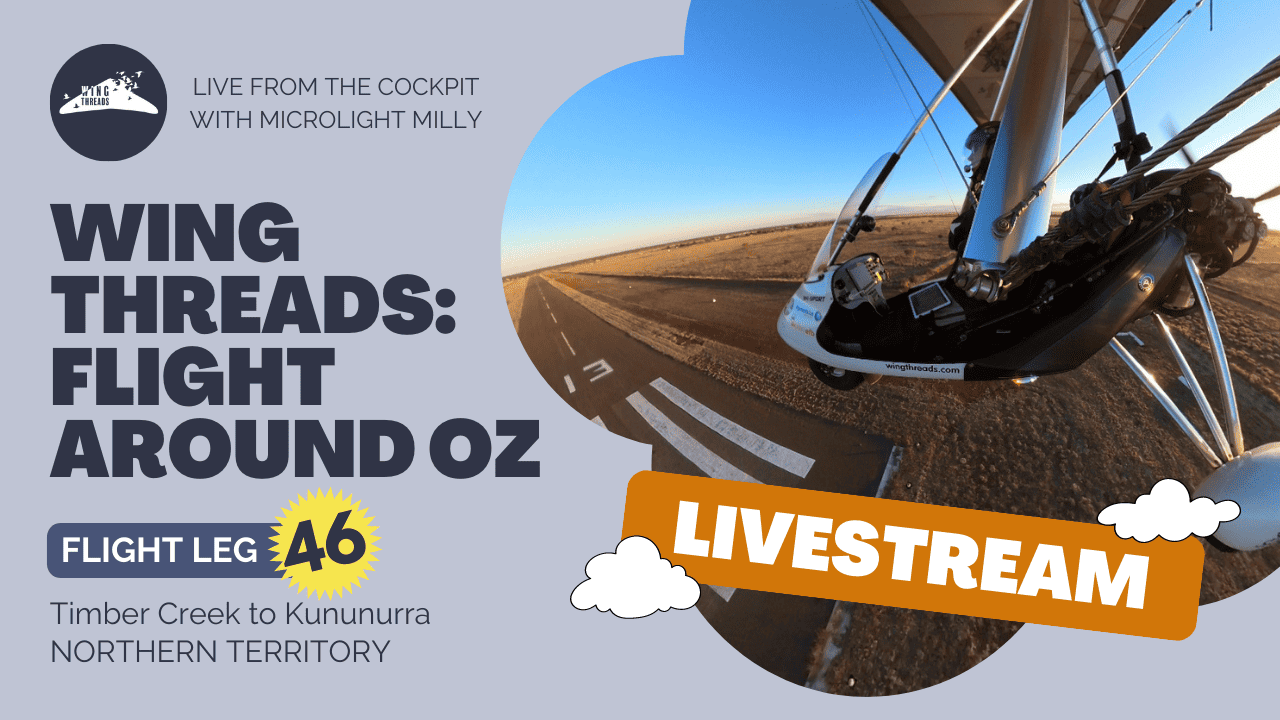Strategic Planning for Far Eastern Curlew
The critically endangered Eastern Curlew (often referred to as the Far Eastern Curlew) is the largest migratory shorebird in the world, weighing up to 1. 2 kg at its maximum departure weight. Yet very little is known about the international movements this species undertakes every year and its ecological requirements within the East Asian-Australasian Flyway; information that is essential for its effective conservation management.
To address this gap, a new national project – the Far Eastern Curlew Project has recently taken off. The FEC Project is funded by the National Environment Science Programme Threatened Species Hub and run out of the Darwin, Northern Territory node.
The project aims to quantify the importance of habitats for Eastern Curlew on the non-breeding grounds of Australia as few tracking studies have focused on the detailed movements of shorebirds during the non-breeding season.
The FEC Project team will also investigate the foraging ecology of Eastern Curlews and determine their diet preferences across mudflats. These data will provide strategic guidance to developers and decision- makers.
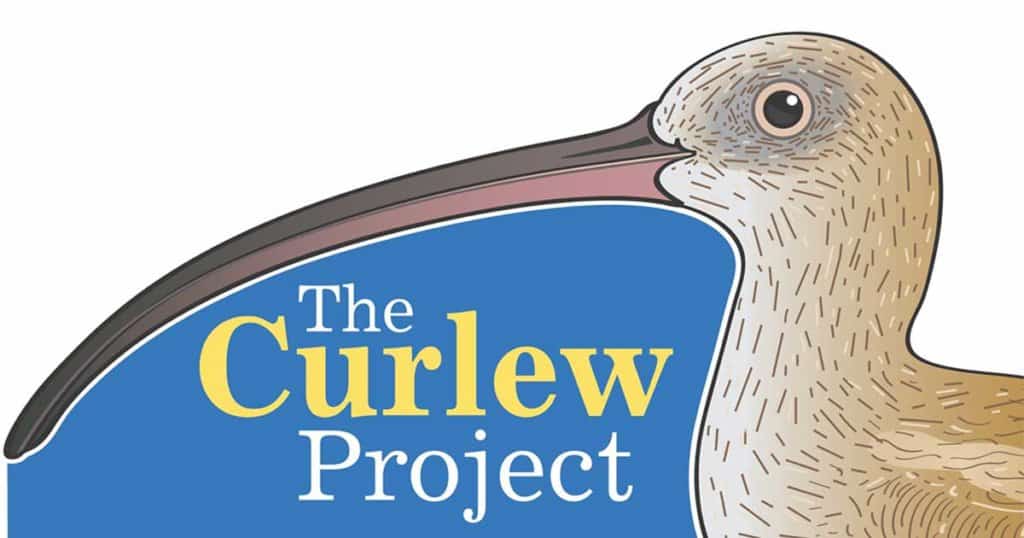
Study sites located in Darwin, south-east Queensland, north-Western Australia, and Victoria will allow researchers to better understand and compare the habitat use of these large migratory shorebirds.
To calculate their home range size and track the long-distance migrations Far Eastern Curlews undertake every year, the researchers are working with the Victorian Wader Studies Group to cannon-net and fit birds with GPS satellite tags to enable fine-scale tracking of movements within harbours.
Each GPS tag weighs 15g (this is within the 3 % body mass threshold for flying birds) and is attached to the bird using a leg-loop harness made of Teflon ribbon with an elastic weak link between the leg loops, then crimped with aluminium fishing crimps.
Yallock Creek Eastern Curlew Catch
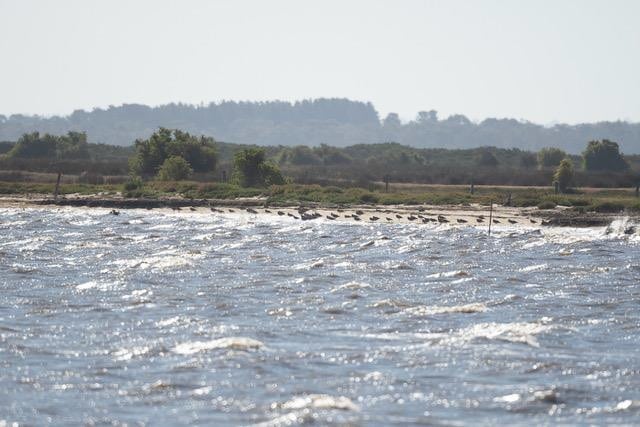
On Sunday 14th January, the Victorian Wader Study Group organised a catch to target Eastern Curlews for the FEC Project at Yallock Creek, near Koo-wee-rup, Victoria.
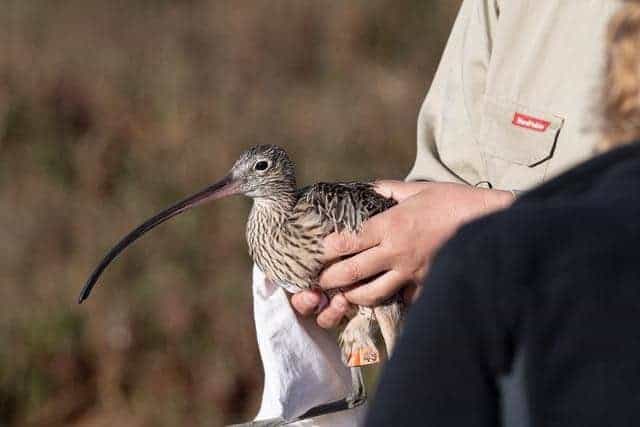
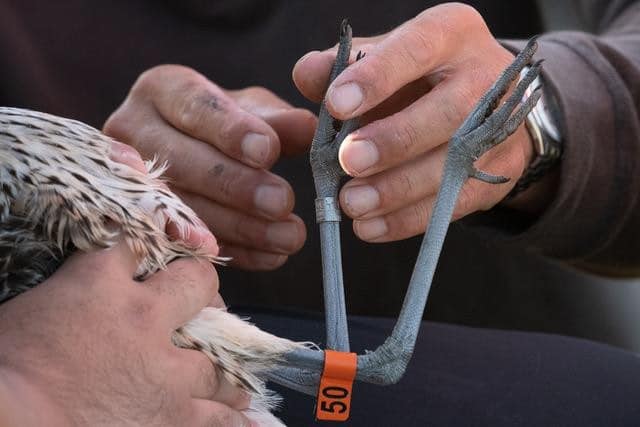
The catch was successful, resulting in 3 Eastern Curlew being fitted and released with satellite transmitters.
The results thus far...
All birds have flown a straight line distance of ~14 km and then made smaller movements around Westernport Bay between Jam Jerrup and The Gurdies.
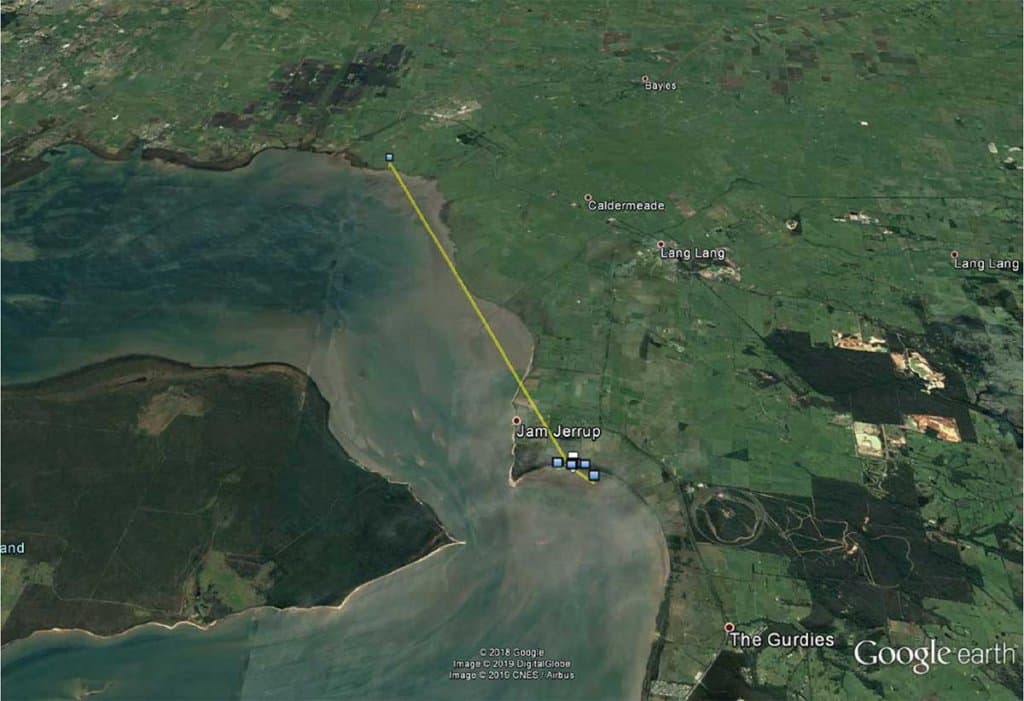
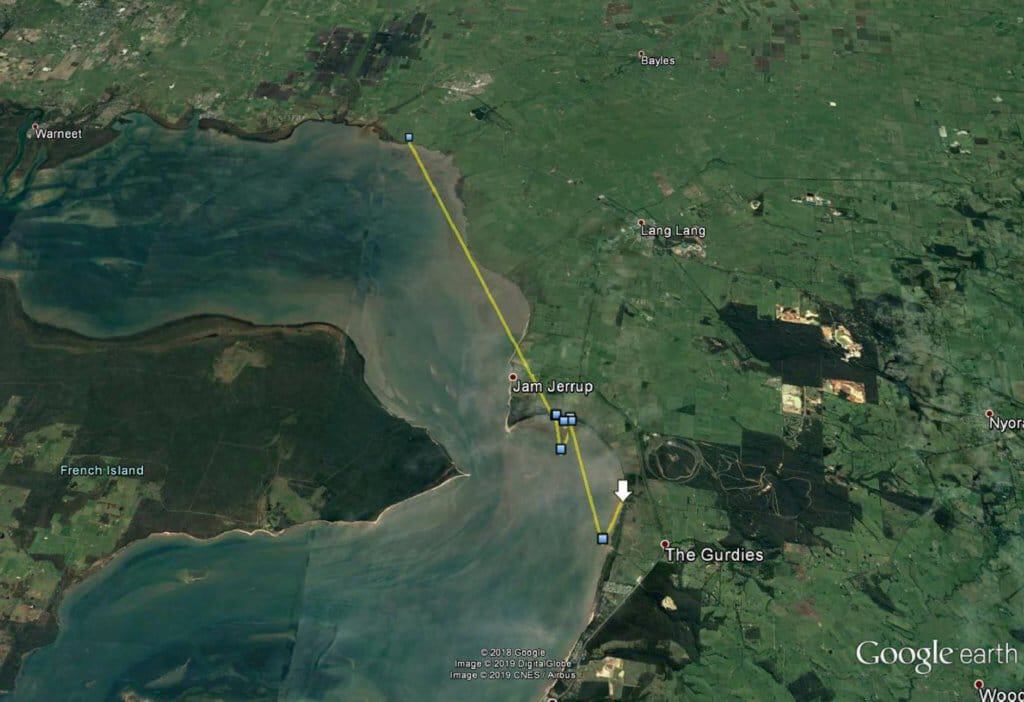
The exception so far, is FEC with tag 182225, which made this small flight of 14 km and then today (15th) it was back at the site where it was caught!
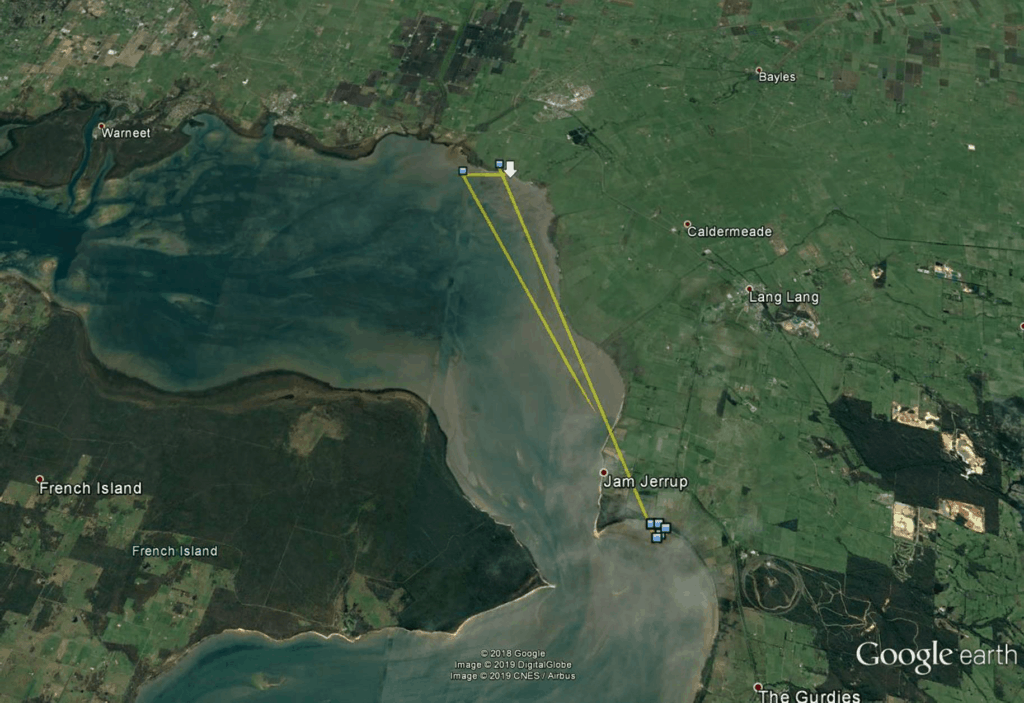
To learn more about the Far Eastern Curlew Project, visit the Threatened Species Recovery Hub.
Acknowledgements
Thanks go to the National Environment Science Programme Threatened Species Recovery Hub, Darwin Port, Larrakia Nation and the Larrakia Indigenous People whose land we work on, The Australasian Wader Studies Group, The Victorian Wader Study Group, the Queensland Wader Study Group, Wader Quest, Charles Darwin University, the University of Queensland, the Quandamooka People, the Boon Wurrung People, the Yawuru People via the offices of Nyamba Buru Yawuru Limited for permission to catch birds on the shores of Roebuck Bay, traditional lands of the Yawuru people, and all the enthusiastic volunteers that put their time into catching and resighting birds.
To learn more about the Far Eastern Curlew Project, visit the Threatened Species Recovery Hub.

